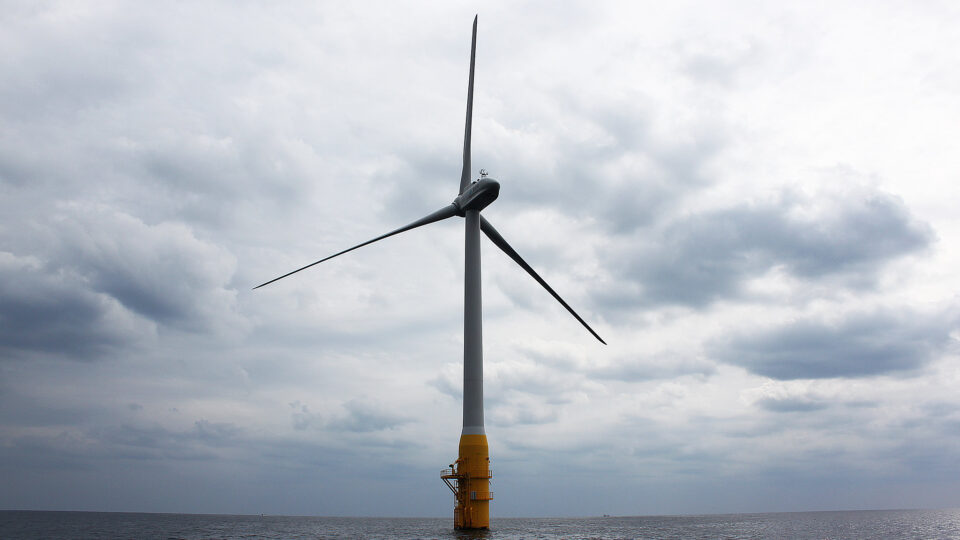The United States now has over 108 gigawatts of total solar generating capacity, which is enough to power about 19 million homes. There are more than 3 million solar installations across the country, the majority of which are residential systems.
The growth in solar power has been enormous over the past 13 years. In 2008, the total solar capacity in the U.S. was 0.34 gigawatts.
In recent times, utility-scale solar installations have been on the rise. At least 10 systems in excess of 100 megawatts have come online just in 2021. These systems have been built in Georgia, Ohio, California, Texas, and Nevada. Other large installations have come online in Virginia, Utah, Indiana, and Florida. Overall, Texas has had the most new installations, followed by California and Florida.
The largest utility-scale solar project completed this year is the Eunice Solar Project in Andrew, Texas. The 420-megawatt project is part of the Permian Energy Center which also features 40 megawatts of battery energy storage.
The pipeline for new utility-scale solar projects under construction includes more than 17 gigawatts, so there is strong continuing growth in the industry.
The Biden administration has proposed a blueprint for the nation to produce 45% of its electricity from solar power by 2050. Currently, solar energy contributes about 4% of the country’s power. Being able to produce almost half the country’s electricity from the sun by 2050 would require a vast transformation in technology and the energy industry. Whether there is the political will and the wherewithal to achieve this remains to be seen.
**********
Web Links
Photo, posted March 7, 2019, courtesy of Hedgerow Inc via Flickr.
Earth Wise is a production of WAMC Northeast Public Radio.






